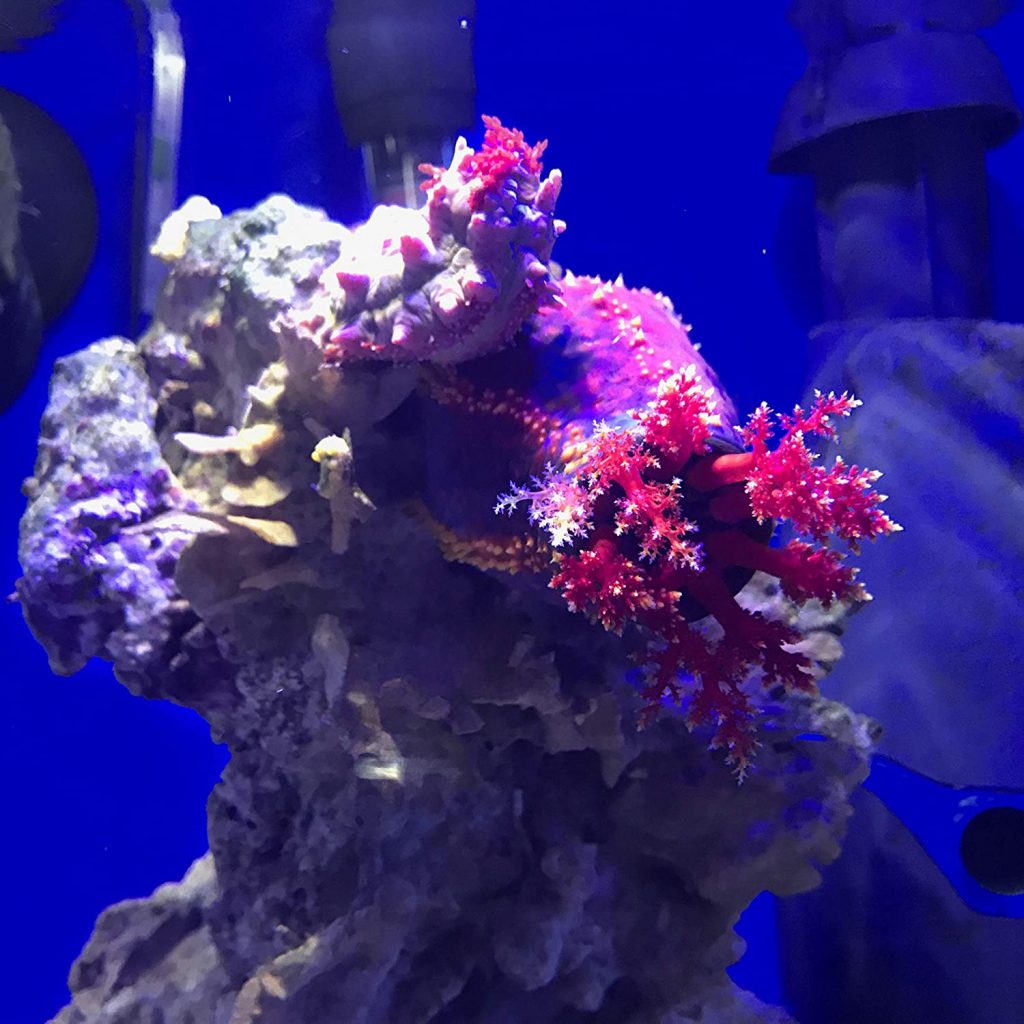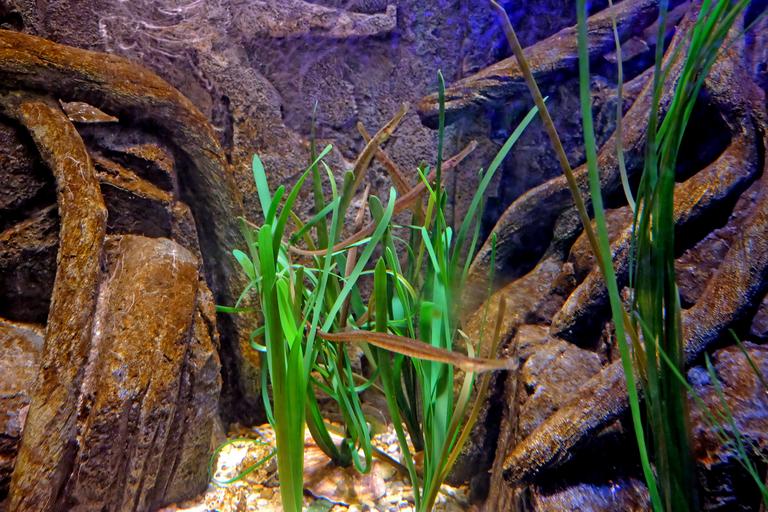Introduction
If you have a bottle of Seachem Prime, you might be wondering how long it is likely to last and whether it goes off. A lot of products have a use-by date that needs to be adhered to, but does Prime?
Seachem Prime does not expire, and doesn’t have a use-by date. You do need to store it correctly, however, as Prime that is improperly stored might eventually go bad and may smell particularly unpleasant.
In this article, we’re going to explore how Seachem Prime should be stored, what it should smell like, and whether it needs to be kept cold. We’ll also briefly cover whether it’s possible to use too much Seachem Prime.
How Do You Store Seachem Prime?
If you have recently purchased a bottle of Seachem Prime, knowing how to store it is key to making sure it lasts well. Although Seachem Prime doesn’t have an expiry date, if you fail to store it properly, you may find that it starts to smell strange and it is less effective. It is still unlikely to be harmful to your aquarium, but this is not ideal.
You should therefore keep Seachem Prime out of direct sunlight, in a spot that is both cool and dry. Make sure that you put the lid tightly back on the top of the bottle and don’t allow it to get heated.
There are no specific storage instructions for Seachem Prime, but keeping it cool, dry, and away from the sun should ensure that it lasts as well as possible.
Is Seachem Prime Supposed To Smell Bad?
Seachem Prime often does smell bad. Some people claim that it smells of garlic, but it can also smell of sulfur and rotten eggs. This strongly unpleasant smell tends to make some people think that it has gone off, but in general, it will still be perfectly safe to use, and indeed it frequently smells bad even when you first open the bottle.
You shouldn’t be alarmed if your brand new bottle of Seachem Prime stinks when you open it. This does not mean that the liquid has gone off or that it has been improperly stored, and it doesn’t mean it’s unsafe to use.
According to Seachem, it’s also perfectly normal for Prime to change scent while in your possession. It might smell bad to start with, and then smell less strong, and then smell worse again. These changes don’t mean that the product is unsafe to use, and you can still use it in the aquarium. It should be effective regardless of how it smells.
Does Seachem Prime Need To Be Refrigerated?
If you have a refrigerator available, there is no harm in refrigerating your Seachem Prime. However, there is no particular need to refrigerate it, as Prime is stable at room temperature and the manufacturer does not say that you must store it in a chilled environment.
Most people don’t bother to store their Seachem Prime in a fridge, because it doesn’t need to be chilled. Due to the bad smell, it may be unappealing to keep it in a fridge intended for human food, so unless you have a dedicated fridge for your aquarium equipment, you may not want to keep it in the fridge.
If you do want to chill the Prime, you should put it in a sealed plastic bag before placing it in the fridge. This will prevent any condensation or atmospheric moisture from getting into the bottle and causing the contents to mold, and it will also help to trap the smell and prevent the Prime from making the fridge smell strange or unpleasant.
If you don’t have a suitable plastic bag, you could put the bottle of Prime in an airtight container, and this should also protect it. Otherwise, you may want to simply store the Prime in a cool, dry place with the lid firmly screwed onto the bottle.
Can You Use Too Much Seachem Prime?
In general, Seachem Prime is considered safe, and there isn’t a big risk of using too much of it. It is fairly difficult to overdose your system – but it is possible, so you should be a little bit cautious. Although the Prime shouldn’t harm the fish directly, it may take some of the oxygen out of your aquarium, which could be problematic.
Seachem Prime is used to correct a wide variety of problems within a tank. It helps to take the chloramine and chlorine out of tap water, and it also removes heavy metals so that the water is safer for marine life.
You can also use the conditioner to reduce levels of nitrate and nitrates , as well as ammonia. All of these things are dangerous in high quantities, so Prime is a good way to bring them down. It binds to the compounds and reduces their toxicity within 48 hours.
However, it is worth noting that these issues are more likely to arise in tanks that are heavily stocked, and these are tanks where oxygen levels may already be low. Adding too much Prime could increase the oxygen problem and make it difficult for your fish to breathe.
If you are concerned about the oxygen levels, consider using a half dose of Prime, and make sure you avoid using other water conditioners or products that decrease the oxygen levels at the same time. Normally, leaving an hour in between the products should be enough to let the oxygen levels normalize again.
On the whole, therefore, Prime is considered safe to add to aquariums, but it is worth being aware of the oxygen depletion. This minimizes the risk of problems occurring in your aquarium.
Conclusion
If you’ve got an old bottle of Seachem Prime, it should still be perfectly safe to use in your aquarium water. Seachem Prime does not have an expiry date, and it will remain safe and effective for many years after manufacture, provided that you keep it in a cool, dry place and do not heat it.



